A Review of the History and Technology in 2.5L Hydroplane Racing Engines
Modern marine engines are as varied as their road- and track-going counterparts. Whether they’re powering working habor tugs, ocean-crossing container ships, leisure and fishing boats or hardcore racing boats, marine engine builders are dedicated to improving their performance and reliability through innovation. 2.5L engines have been used in both midget racing and hydroplane applications for
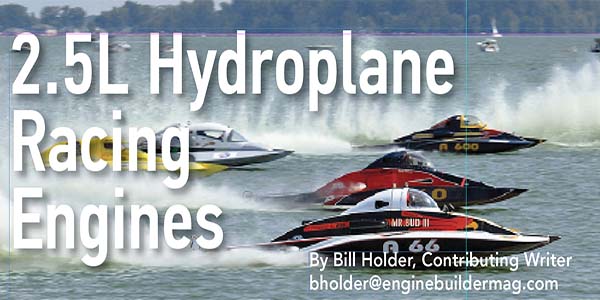
Automotive-Powered Inboard Hydroplanes
They’re fast, have power aplenty, can turn on a dime, and throw a huge column of water behind them. They’re called Inboard Hydroplanes and are one of the most exciting motorsports shows on water with their automotive powerplants. The Inboard Hydroplane The looks of these boats spell speed with fighter aircraft aerodynamics on both the
Leaving a Legacy One Lap at a Time
Bev Ringwald, the daughter of the late Graham Heath, is organizing an auction of her father’s collection of racing cars, parts and memorabilia in early June in Madison, IN.
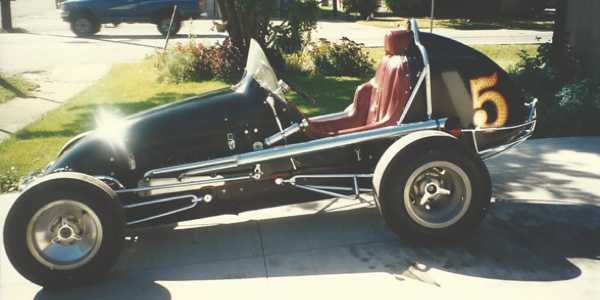
Midget Engines – Perfect Power from Pint-Size Performers
Midget open-wheel racecars and the Stock (S Class) and Modified (A Class) inboard hydroplanes have provided thrills and chills for racing fans since the 1930s. And as the speed and performance of these radically-different racing machines has improved, so have the engines that power them. These engines have varied from stock four and six-cylinder automotive-type
From a Dump Truck Dynasty Came a Speedboat King
Garfield Wood never intended to go into the boat building business. His goal in life was to personally set every speed record on water and be recognized as the world’s speedboat king. However, a need for speed on the water came about at an early age working with his father. Garfield Arthur Wood was born
Midget Engines
Midget open-wheel racecars and the Stock (S Class) and Modified (A Class) inboard hydroplanes have provided thrills and chills for racing fans since the 1930s. And as the speed and performance of these radically-different racing machines has improved, so have the engines that power them.
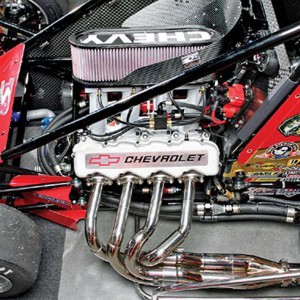
From a Dump Truck Dynasty Came a Speedboat King
Garfield Wood never intended to go into the boat building business. His goal in life was to personally set every speed record on water and be recognized as the world’s speedboat king.
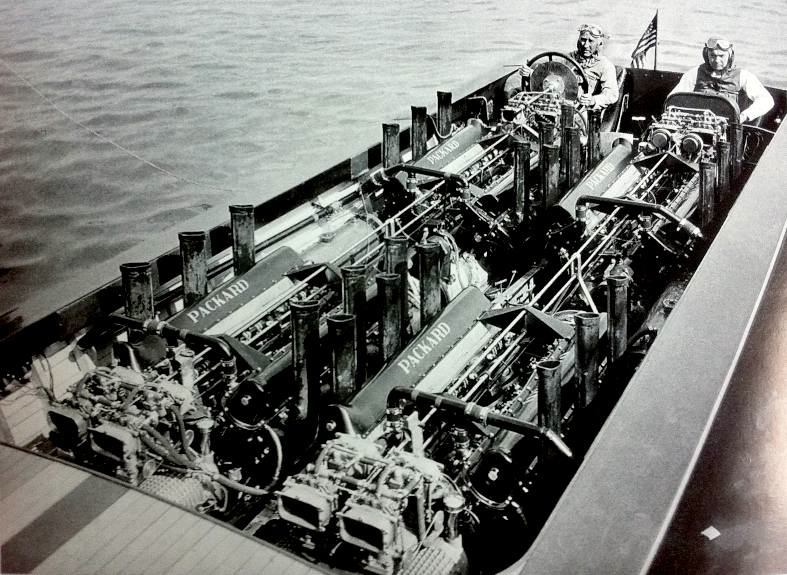
Allison Power
In December, we discussed the use of Allison engines – originally designed for use in WWII fighter planes – in watercraft applications. Now, we’ll pick up the story of these versatile powerplants finding success on dry land.
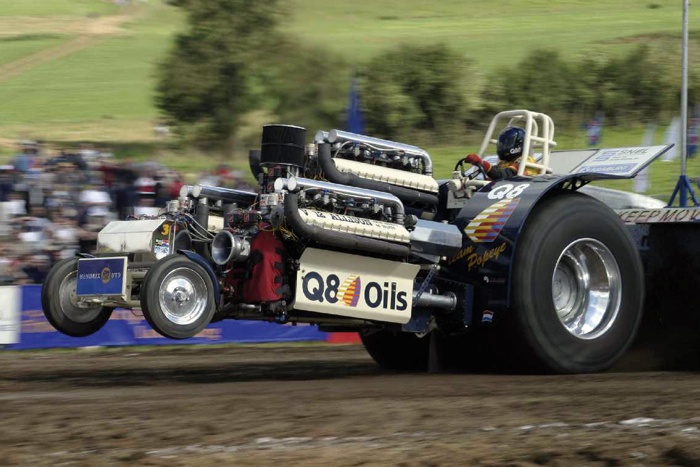
Aqua Allisons – Part 1
The Allison engines were used just about every imaginable way. First, they were used as a single engine, then combined as a pair of them, and even three or four of them-all on a single vehicle. Since their development and release in aircraft in 1930, engine builders following WWII began to pry more power out of them and the rest is history.
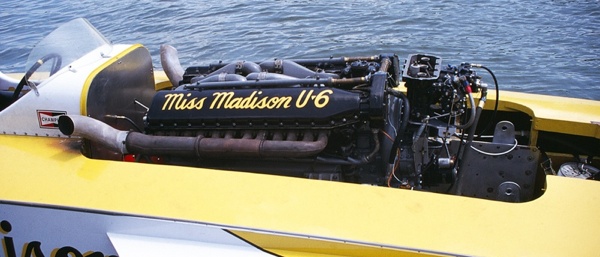
Ford’s Famous Flathead V8
It was special in so many ways. First of all, it was the first V8 engine for the Ford line of cars. Nobody could imagine the effects it would have on the racing and hot rod world in the years to come. Even in its stock trim, it was a gutty little powerplant, but it would
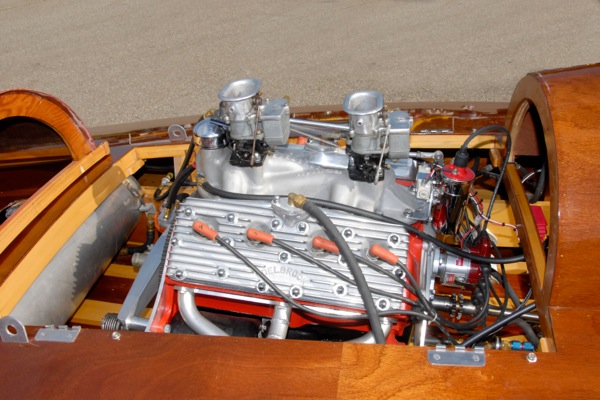
Not every shop is closing and, in fact, there are even new, state-of-the-art shops opening, as evidenced by GJM’s grand opening last month. Earlier this year, Gregg Jacobson and Mark Garrett launched a new machine shop in Southern California about 40 minutes outside of L.A., in the San Fernando Valley. Both Jacobson and Garrett saw
Cylinder Wall De-Glazing VW 2.0L Engines
For correct piston ring sealing during the engine rebuilding process, use the following information: • De-glaze cylinder walls using an 83 mm, 320 grit flexible ball-hone at 250-350 rpm. • Lubricate cylinder walls with 10W-30 engine oil or honing oil, as recommended by the de-glazing ball-hone manufacturer. • De-glaze the cylinders for approximately 20-45 seconds
Tractor Pulling: It’s Not Your Granddad’s John Deere Anymore
Tractor pulling has been with us for as long as there have been tractors. Farmers used to pull their horses, mules or oxen and, just as today, each bragged that he had the biggest and strongest. Today, at the top echelons of pulling, the technology is equal to anything else in motorsports. Although you won’t
